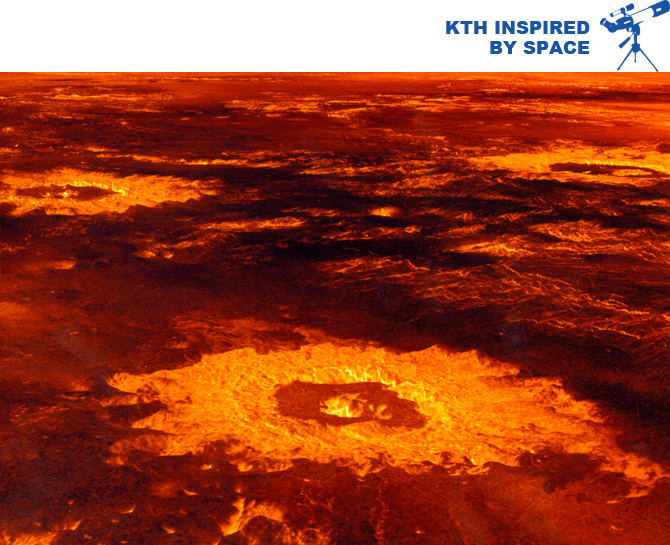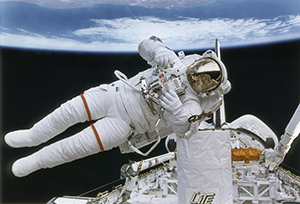
KTH develops electronics to withstand Venus' harsh climate
In the research project, Working on Venus, KTH researchers are developing electronics for a space mission to collect data from the second planet from the sun. The electronics are based on silicon carbide, a semiconducting material that can withstand the Venus' extremely harsh climate, where surface temperatures are as hot as 460 degrees Celsius.
In the mid-1970s, the Soviet Union attempted to collect data from Venus. The Russian Venera landers managed to take some pictures of the planet before their electronics failed after only a few hours.

"The lander's thermal insulation was not sufficient to keep the heat out longer than that," says Carl Mikael Zetterling, Professor of Solid State Electronics at KTH, one of the researchers on the project, Working on Venus. "But silicon carbide can withstand several days or weeks even at these temperatures and still function."
The electronics that KTH is developing for a new Venus lander is based on silicon carbide. Silicon carbide is a semiconductor that can operate at extremely high temperatures and in harsh environments.
"There are some places in space where the temperature is very high, such as the surface of Venus, where the temperature is 460 degrees Celsius," Zetterling says. "But there are also places around the moons of Jupiter and Mercury, where the environments are really tough and where a powerful semiconductor such as silicon carbide can also be used."
The space researchers, who may use the new Venus lander, want to find out is how the climate works on Venus, which in turn may provide explanations for the Earth's climate. But Zetterling says there is one more point to take into consideration with silicon carbide in space research. Major space missions have proven fruitful for microelectronics.
"You could say that microelectronics has much to thank NASA and the Apollo projects for. These were some of the first customers to use silicon in integrated circuits. It is something that helped to get this industry going," he says.
Zetterling believes that this focus on electronics for a new Venus lander will give a boost to the silicon carbide ahead. He notes that it is difficult to obtain funds for research in microelectronics. But demonstrating the technique on Venus increases the possibilities to show silicon carbide's potential."
"The Knut and Alice Wallenberg Foundation, which funds the project, wish to see something that really makes an impression, something that makes an impact. And to show something that works on Venus certainly meets that objective. But I see applications on Earth as being much more important," he says.
The Venus project would be the first time that silicon carbide is used in a high temperature application. However, the material has been used in high-voltage applications for at least a decade, such as for the conversion of solar energy into electrical energy.
Håkan Soold